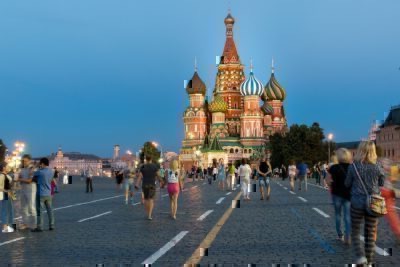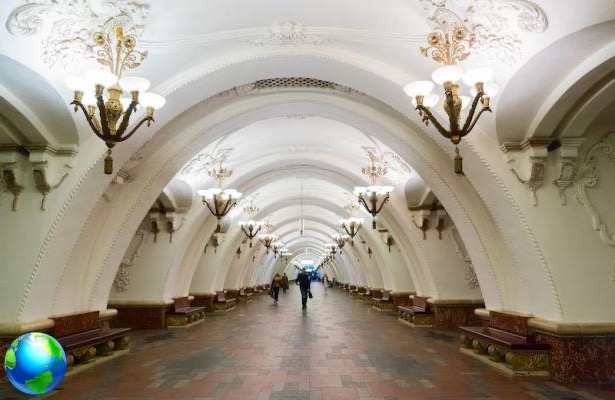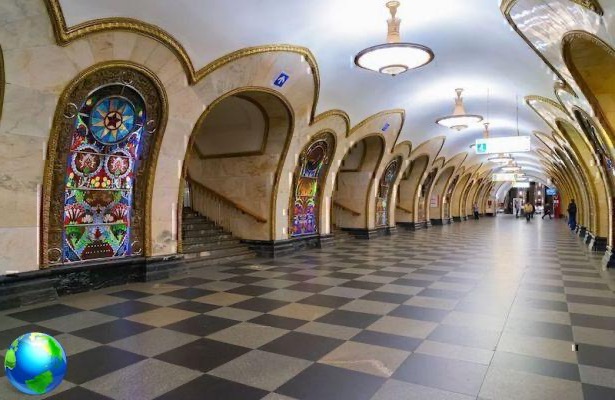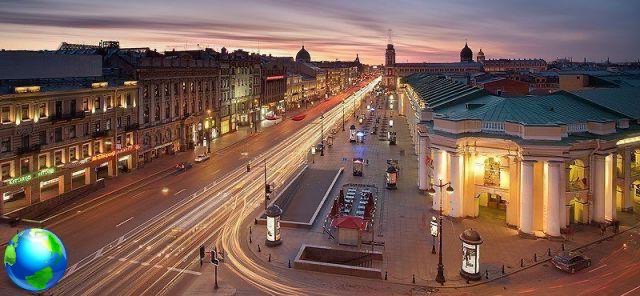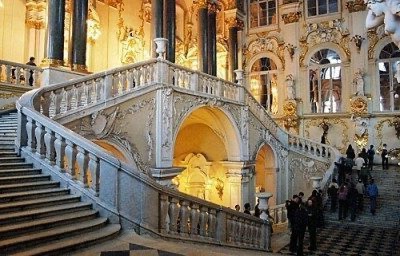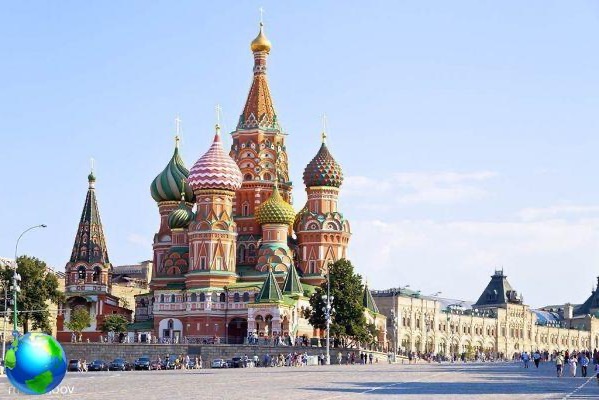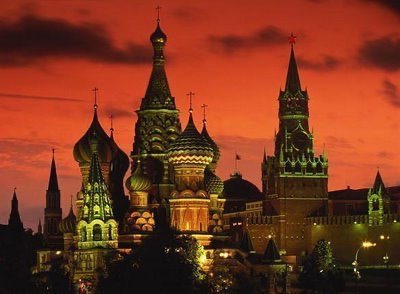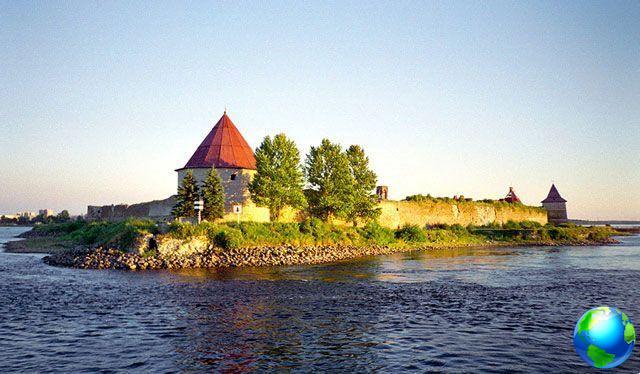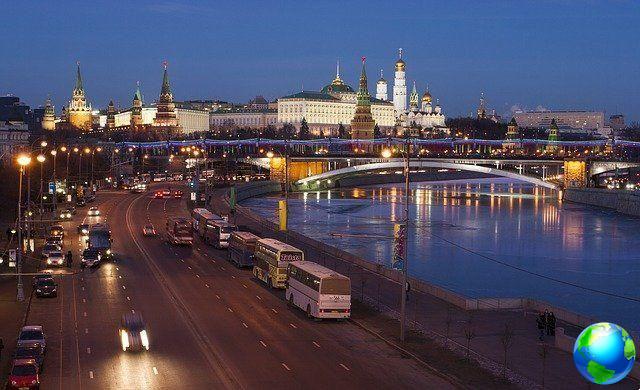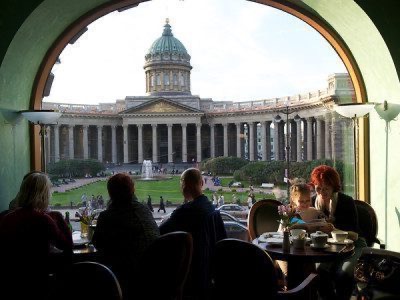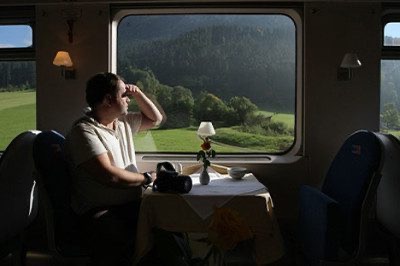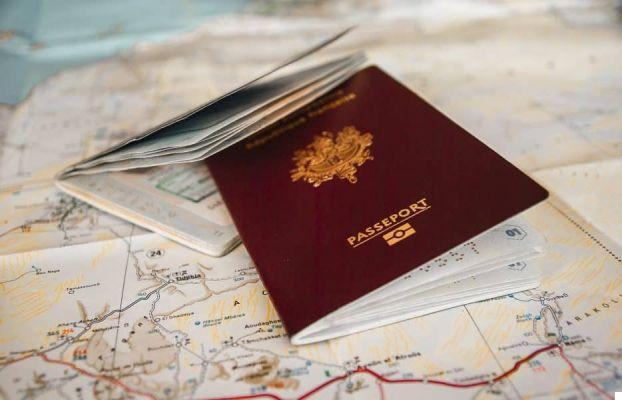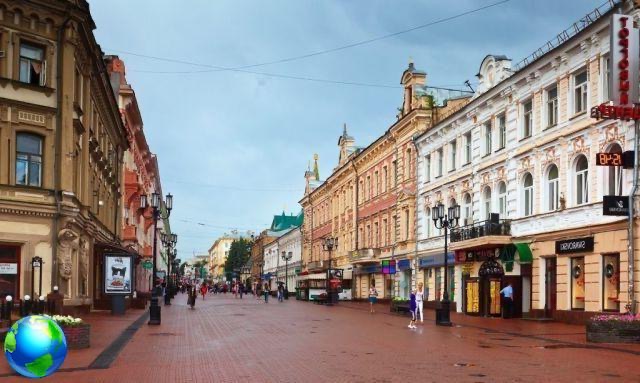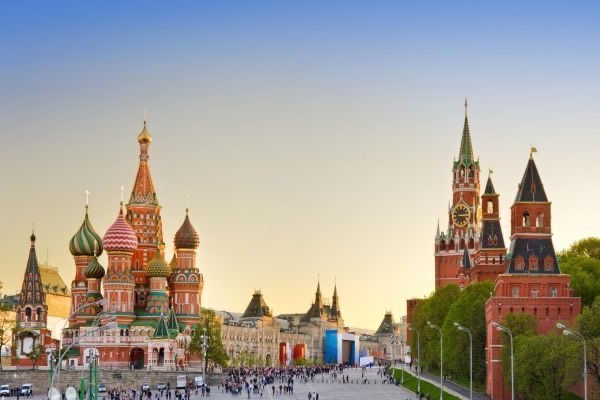The Petrodvorets and Catherine's Palace in St. Petersburg, the works of Bartolomeo Rastrelli in the beautiful Russian city of St. Petersburg.
Whenever I think of St. Petersburg, the blue materializes before my eyes. Yes, a soft and elegant blue, lively, proud: the blue Rastrelli, so named in memory of the illustrious Italian architect who contributed to making it famous and who has rightly become one of the symbols of St. Petersburg.
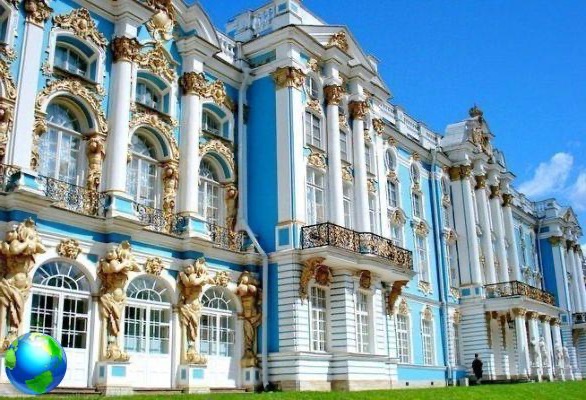
Well, today we will go on a journey together lasting two days and fifty kilometers, in search of traces of the Azzurro Rastrelli and the magnificent architectural works that represent it. We will move between St. Petersburg, Tsarskoe Selo, better known as Pushkin, and Peterof, better known as Petrodvorets, places where ours worked during the second half of the 1700s, leaving indelible traces of his passage to posterity.
Bartolomeo Rastrelli it has its own distinctive, unmistakable style. A style that blends the late European Baroque with the Moscovite Baroque, fitting into that current defined as Elizabethan Baroque, rich and luxurious, at times extravagant. Rastrelli, however, does more, chooses a color, blue, and uses it in many of his works, thus giving life to the famous Azzurro Rastrelli, the one who colored the most important buildings in St. Petersburg, Kiev, Moscow and many others.

Famous and impressive examples are the Catherine Palace in Tsarskoe Selo and the Peterof Grand Palace, of which Rastrelli personally oversaw the expansion and restructuring. We also find its hand in the Smonly Monastery, the Cathedral of the Resurrection that stands elegant and imperious with its soft colors of white and blue in the Petersburg skies.
If Smonly Convent is a little out of the way and poorly connected to the center of St. Petersburg, it is much easier to get to Pushkin and Peterof. By taxi, bus or hydrofoil, in less than an hour you will find yourself immersed in the sumptuous Tsarine residences.
Peterof and the Versaille Russian. About 20km west of St. Petersburg, it overlooks the Gulf of Finland and is spread over three levels.

The palace, imposing and sumptuous, dominates a park of several hundred hectares and attracts tourists from all over the world, attracted above all by its spectacular fountains, the waterfall and the Water games harmoniously orchestrated, thanks to a series of communicating channels that allow the recycling of water without the need to resort to electric motors or other artifices. I recommend wearing comfortable shoes and spending a whole day in Peterof. The visit to the palace, the walk in the main park and in the side ones deserve all the time you will know how to spend there.

25 km south of St. Petersburg, however, is Pushkin with the Catherine Palace. The magnificence of this structure immediately strikes the visitor's eye, starting from French entrance gate then continue with the Sala d'Ambra, the Sala di Rastrelli and the numerous works of art that are preserved in this monumental Rococo residence. Given the amount of visitors, you will find long lines at the ticket office but it will be a pleasant wait as you can already begin to appreciate the luxury and splendor of the exterior of the building, enlivened by the melodies of small groups of local musicians who hold their concerts in the courtyard. improvised.






